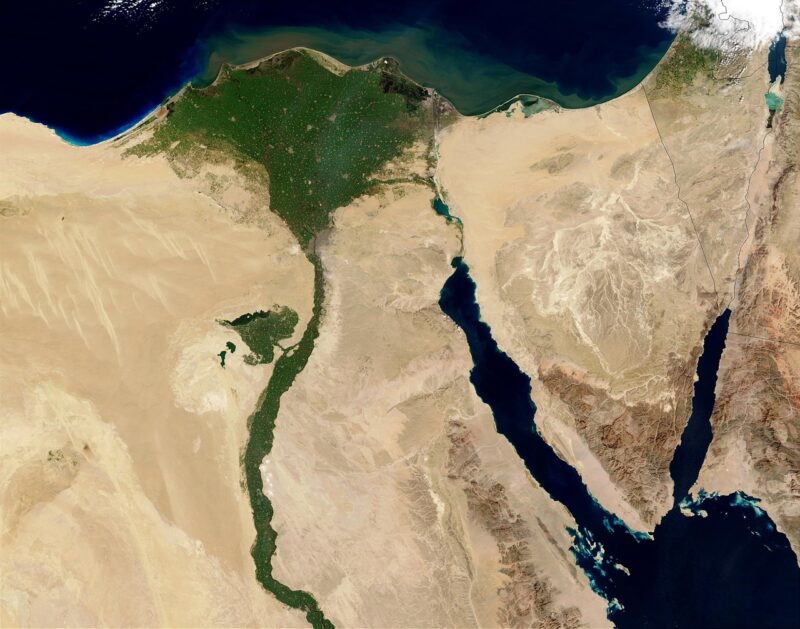The Science Behind GPS Technology and How It Guides Us Every Day
November 12, 2024

Global Positioning System (GPS) technology has become an integral part of our daily lives, transforming how we navigate the world around us. From guiding us on road trips to tracking our fitness goals, GPS is involved in numerous applications that enhance convenience and efficiency. In this article, we delve into the science behind GPS technology, its functioning, applications, and future prospects.
1. What is GPS?
The Global Positioning System (GPS) is a satellite-based navigation system that allows users to determine their approximate location (latitude, longitude, and altitude) anywhere on Earth. Established by the United States Department of Defense, GPS initially served military applications before being made available for civilian use in the 1980s. Today, it serves various applications, from navigation and mapping to agriculture and emergency services.
The system consists of three main components:
- Space Segment: This includes the constellation of at least 24 satellites orbiting the Earth at an altitude of approximately 20,200 kilometers. These satellites continuously transmit signals that provide location and time data to GPS receivers on the ground.
- Control Segment: This consists of ground stations that monitor the satellites’ positions, ensuring they are functioning correctly and adjusting their orbits as necessary.
- User Segment: This encompasses the GPS receivers used by individuals and devices to interpret the signals sent by the satellites and calculate their precise location.
2. How Does GPS Work?
The functioning of GPS relies on a method known as trilateration, which determines the location of a point based on its distance from three or more satellites. Here’s how it works:
1. Signal Transmission: Each GPS satellite continuously broadcasts signals that include the satellite’s location and the exact time the signal was transmitted.
2. Distance Calculation: When a GPS receiver picks up the signal, it calculates how long it took for the signal to arrive. By multiplying this time by the speed of light, the receiver can determine the distance to that satellite.
3. Three-Satellite Solution: With distance measurements from three different satellites, the GPS receiver can pinpoint its location in two dimensions (latitude and longitude) through trilateration.
4. Fourth Satellite for Altitude: A fourth satellite is typically needed to obtain the receiver’s altitude, allowing for three-dimensional positioning.
This entire process usually takes just a few seconds, allowing users to receive real-time location data almost instantly.
3. Applications of GPS Technology
The versatility of GPS technology means it has found applications in numerous fields, enhancing efficiency and accuracy. Here are some notable uses:
– Navigation: The most common application, GPS is used in cars, airplanes, and marine vessels to aid navigation, helping users find the best routes and avoid traffic congestion.
– Tracking and Fleet Management: Companies use GPS to track vehicle locations and manage fleet operations efficiently, leading to improved customer service and reduced operational costs.
– Emergency Services: GPS technology aids emergency responders in locating people in distress and ensuring timely assistance, significantly improving response times.
– Fitness and Health: Fitness devices use GPS to track running, walking, and cycling routes, allowing users to monitor their health and fitness progress.
– Agriculture: Farmers utilize GPS for precision agriculture, enabling them to optimize field productivity and reduce waste while improving yield quality.
– Geocaching and Outdoor Activities: GPS is popular among outdoor enthusiasts, aiding in activities like geocaching, hiking, and mountain climbing, providing accurate navigation even in remote locations.
4. The Future of GPS Technology
As technology advances, GPS continues to evolve, and several developments are on the horizon:
– Integration with Other Technologies: The combination of GPS with technologies like GIS (Geographic Information Systems), augmented reality, and the Internet of Things (IoT) is creating new possibilities for a wide range of applications.
– Enhanced Accuracy: The advent of multi-constellation satellite systems, including Russia’s GLONASS, the European Union’s Galileo, and China’s BeiDou, aims to improve accuracy and reliability in GPS services.
– Applications in Autonomous Vehicles: GPS plays a critical role in the development of self-driving technology, helping navigate vehicles safely through changing environments.
These advancements promise a more connected and efficient navigation experience for users worldwide.
5. Challenges of GPS Technology
While GPS technology has revolutionized navigation and countless other sectors, challenges remain:
– Signal Interference: Urban environments with tall buildings and dense structures can bounce GPS signals, resulting in inaccuracies. Similarly, natural obstacles like trees and mountains can obstruct signals.
– Dependence on Satellites: GPS is reliant on a network of satellites, making it vulnerable to failures in the satellite system or disruptions caused by space weather events.
– Privacy Concerns: The ease of tracking raise privacy considerations for individuals, as the potential for misuse of location data can compromise personal safety and security.
To address these challenges, continuous advancements in technology and regulations surrounding privacy issues are essential.
Conclusion
The science behind GPS technology is a fascinating interplay of satellite communications, trilateration, and real-time data processing. As GPS continues to evolve, its impact not only enhances how we navigate but also revolutionizes various sectors, from agriculture to emergency services. While challenges remain, innovative solutions are on the horizon, enabling GPS technology to maintain its position as an essential tool in our daily lives.
Embracing this technology allows us to explore the world with greater precision and ease, shaping how we travel, work, and interact with our environment in an increasingly connected world.







